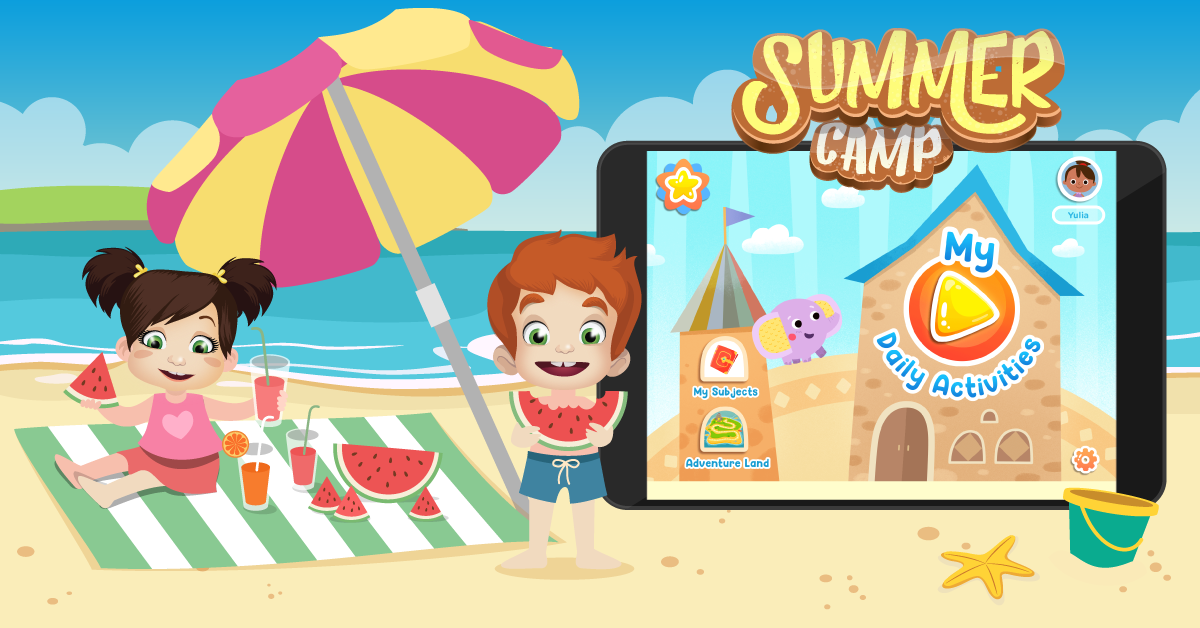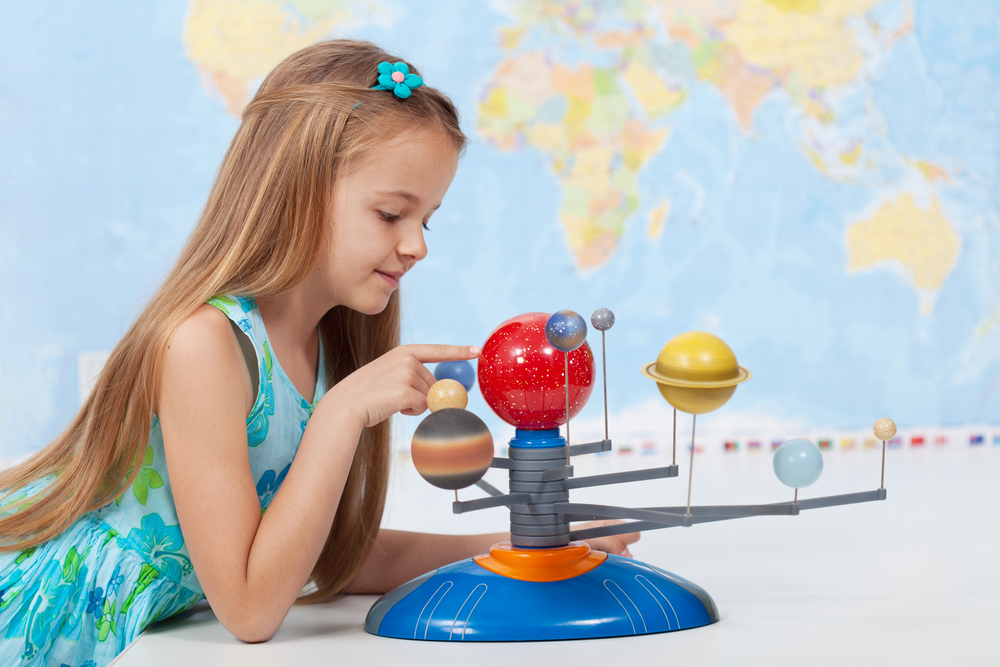Categorization skills Normal Science Worksheets for Ages 5-9
4 filtered results
-
From - To
Enhance your child's learning experience with our "Categorization Skills Normal Science Worksheets" designed for ages 5-9. These engaging worksheets help young learners develop critical reasoning abilities by grouping items and sorting abstract concepts. Each activity is tailored to stimulate curiosity and foster an understanding of the scientific world through hands-on categorization. Whether your child is identifying animals, plants, or everyday objects, our worksheets make learning fun and interactive. Perfect for classrooms or homeschool settings, these resources support essential cognitive development skills, preparing your child for further academic success. Start exploring the wonders of categorization today!
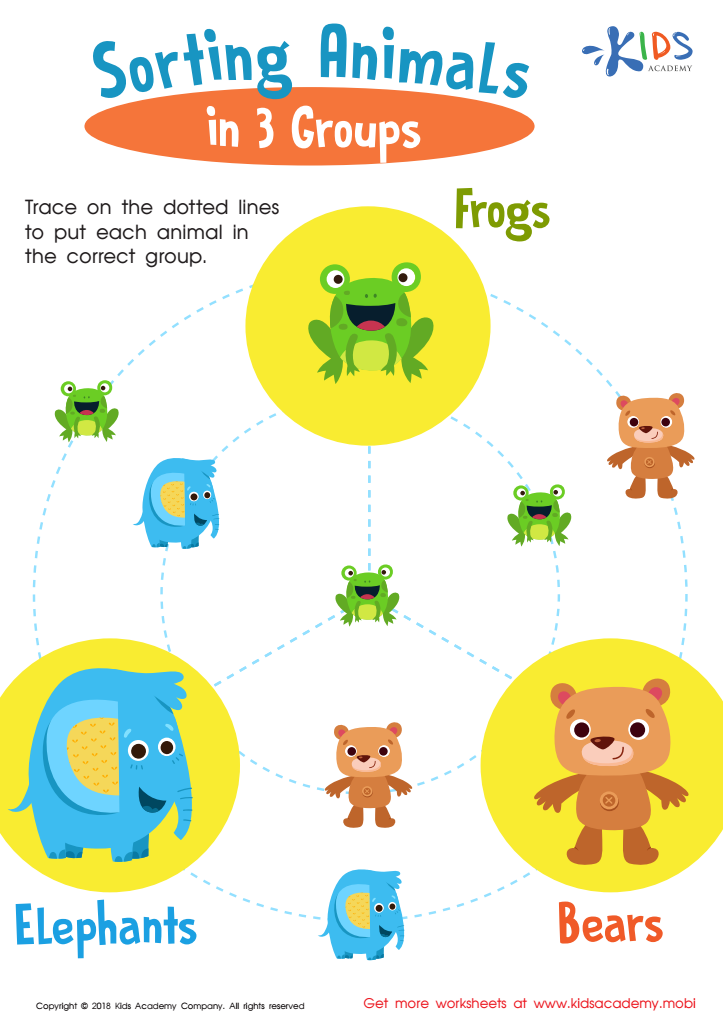

Sorting Animals in 3 Groups Worksheet
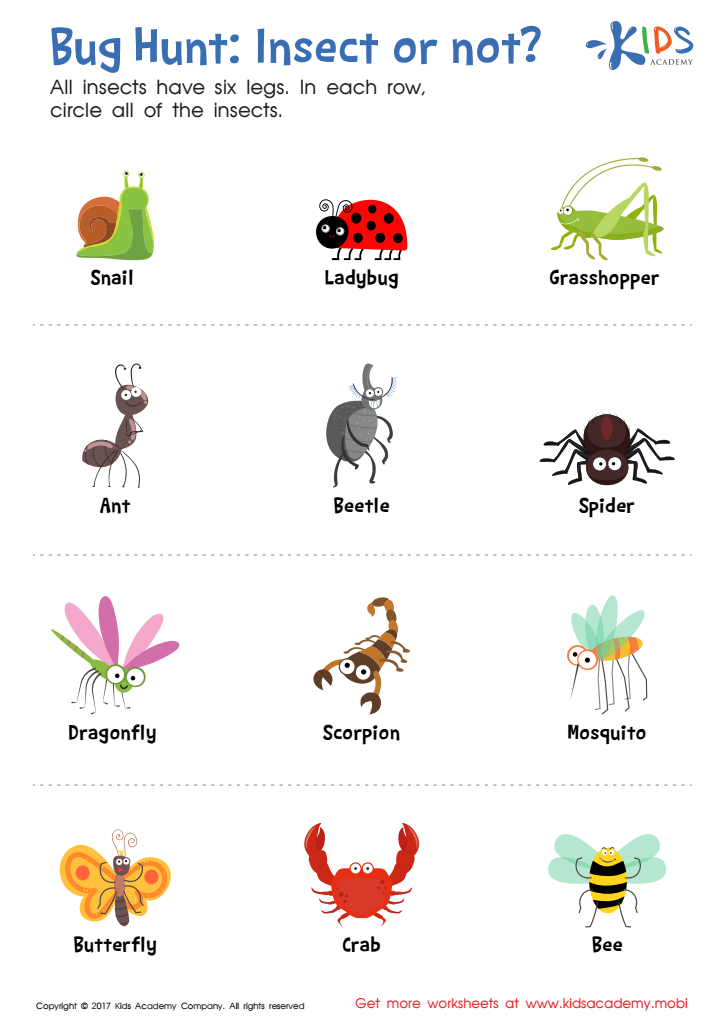

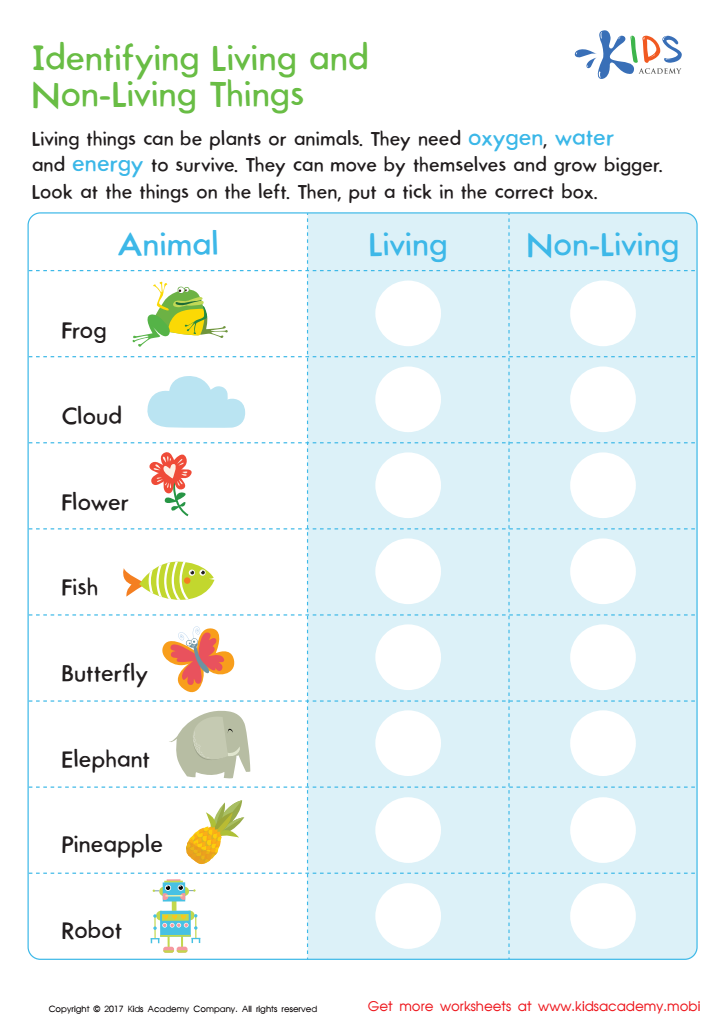

Identifying Living or Non–living Worksheet
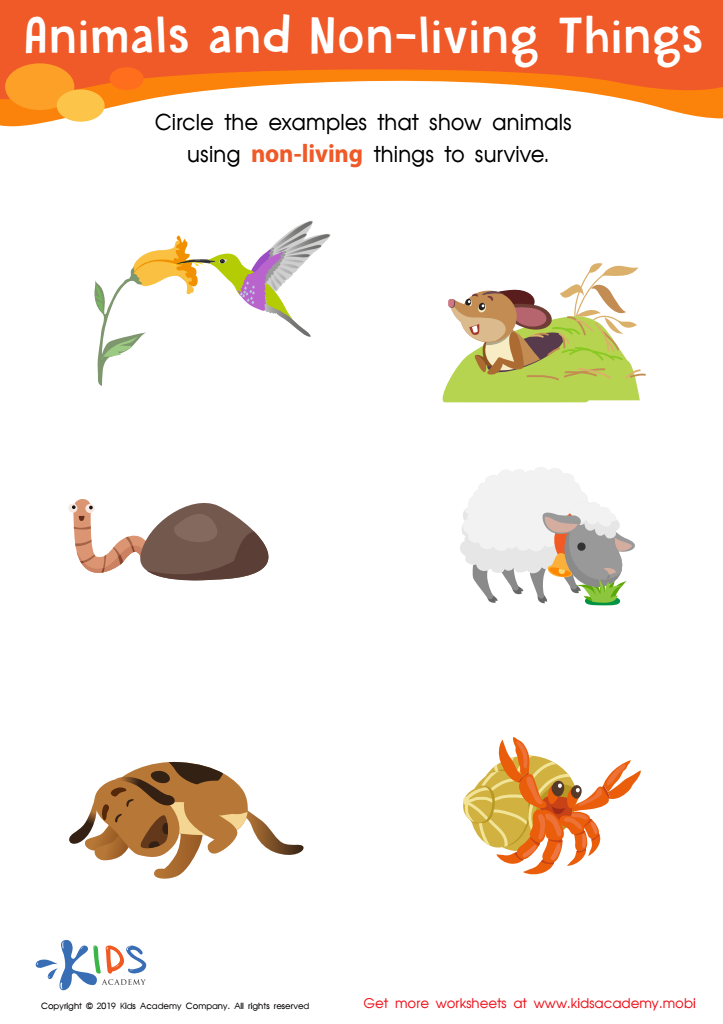

Animals and Non-Living Things Worksheet
Categorization skills in early childhood, especially between ages 5-9, play a crucial role in a child's cognitive development and overall learning. These skills enable children to sort and group objects, concepts, and experiences based on shared features, fostering critical thinking and problem-solving abilities. For parents and teachers, nurturing categorization enhances comprehension and promotes effective communication.
Understanding categories helps children make sense of the vast world around them, connecting new information to what they already know. This process is foundational for developing language skills, as children learn to articulate their thoughts and classify their surroundings. Additionally, strong categorization skills have shown to correlate with later academic success, especially in subjects like reading and mathematics.
Furthermore, these skills encourage creativity, as children who categorize can differentiate between similar and distinct elements, stimulating innovative thinking. By fostering a categorization mindset through playful learning and engaging activities, parents and teachers can create supportive environments that bolster children's emotional confidence and social interaction. Ultimately, emphasizing categorization in early education not only prepares children for academic achievements but helps them navigate and understand their experiences, laying a solid foundation for lifelong learning and adaptability.
 Assign to My Students
Assign to My Students




